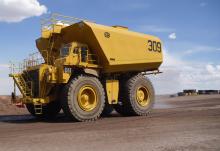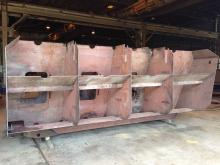Reports say that the ultimate reason for the collapse of the concrete water tower in Jyväskylä in Finland in early November 2012 was delayed hydrogen embrittlement in the steel bars strengthening the concrete beam connecting the tower's floor elements and supporting the upright walls of the water tank.
According to the Safety Investigation Authority there was no indication of any material faults or production faults in the steel that was used in the bars.
Apparently the hydrogen in the steel structures was formed as a result of rusting. Rainwater may have got into the structure as the materials used to seal the seams were in poor conditions.
The collapse of the water tower caused about two million litres of water to rush into the surrounding area.









